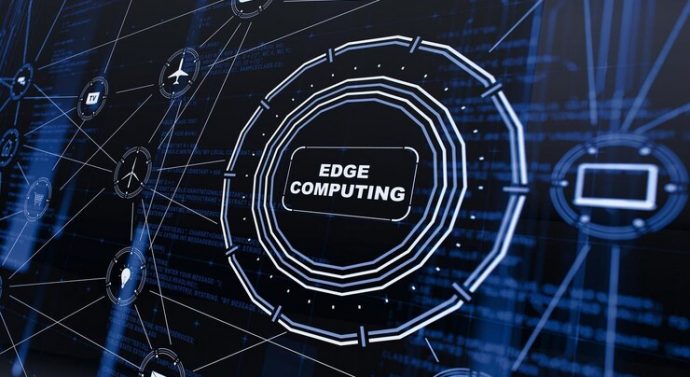
“Exploring the Advantages and Applications of Edge Computing”
News, Online Service, Online Services, Technology, TV, Uncategorized May 1, 2023 No Comments on “Exploring the Advantages and Applications of Edge Computing”In recent years, edge computing has emerged as an important technology trend that is transforming the way data is processed and managed. Unlike traditional cloud computing models that rely on centralized data centers, edge computing processes data closer to the source, often at the edge of the network. This approach offers a number of advantages over traditional cloud computing models, including reduced latency, improved network efficiency, and better support for real-time applications. In this article, we’ll explore the advantages and applications of edge computing, as well as some of the challenges and considerations associated with this emerging technology.
Advantages of Edge Computing
Reduced Latency
One of the primary advantages of edge computing is reduced latency. By processing data closer to the source, edge computing can help reduce the time it takes for data to travel from the source to the processing center and back again. This can be especially important for applications that require real-time processing, such as autonomous vehicles or industrial automation systems.
Improved Network Efficiency
Edge computing can also help improve network efficiency by reducing the amount of data that needs to be transmitted over long distances. By processing data at the edge, only relevant data can be sent to the cloud, reducing network congestion and improving overall network performance.
Better Support for Real-Time Applications
Another advantage of edge computing is its ability to support real-time applications. With edge computing, data can be processed and analyzed in real-time, without needing to be sent to a centralized cloud for processing. This can be especially important for applications that require immediate decision-making, such as medical emergency response systems.
Increased Data Privacy and Security
Edge computing can also help improve data privacy and security by processing data closer to the source, rather than sending it to a centralized cloud for processing. This can help minimize the risk of data breaches or unauthorized access to sensitive data.
Reduced Dependence on Cloud Services
Finally, edge computing can help reduce an organization’s dependence on cloud services by processing data locally, rather than relying on a centralized cloud for processing. This can be especially important for organizations that operate in remote or disconnected environments, where cloud services may not be readily available.
Applications of Edge Computing
Autonomous Vehicles
One of the most promising applications of edge computing is autonomous vehicles. With edge computing, data from sensors and cameras can be processed in real-time, without relying on a centralized cloud for processing. This can help improve the safety and reliability of autonomous vehicles, while also reducing the amount of data that needs to be transmitted over the network.
Industrial Automation
Another promising application of edge computing is industrial automation. By processing data locally, edge computing can help monitor and control equipment in real time, leading to improved efficiency and productivity. This can be especially important in industries where downtime can be costly, such as manufacturing or logistics.
Smart Cities
Edge computing can also help support various smart city applications, such as traffic management, public safety, and environmental monitoring. By processing data locally, edge computing can help improve the efficiency and effectiveness of these applications, while also reducing the amount of data that needs to be transmitted over the network.
Remote Monitoring
Edge computing can also be used for remote monitoring of devices and systems, such as medical equipment, energy grids, and pipelines. By processing data locally, edge computing can help improve the accuracy and reliability of these monitoring systems, while also reducing the amount of data that needs to be transmitted over the network.
Healthcare
Edge computing can also help support various healthcare applications, such as telemedicine, remote patient monitoring, and medical imaging. By processing data locally, edge computing can help improve the speed and accuracy of these applications, while also ensuring the privacy and security of patient data.
Overall, the advantages of edge computing and its diverse applications make it a promising technology trend for businesses and industries looking to optimize their data processing and management.
Leave a comment